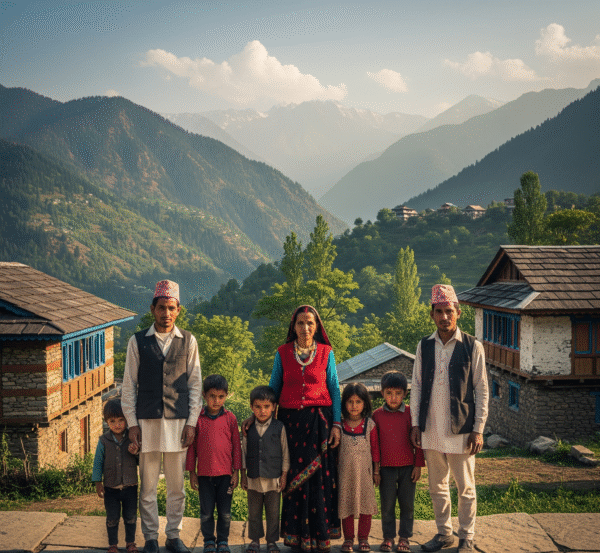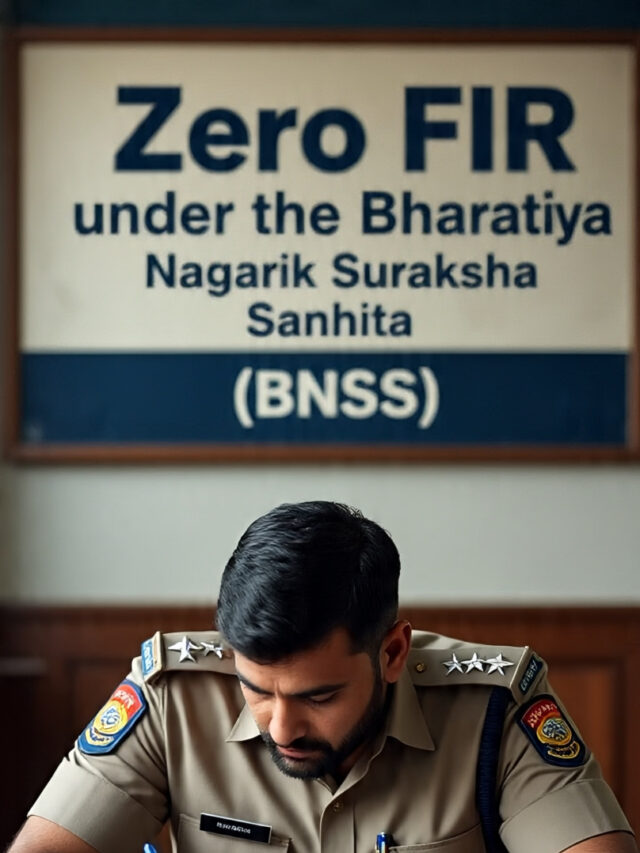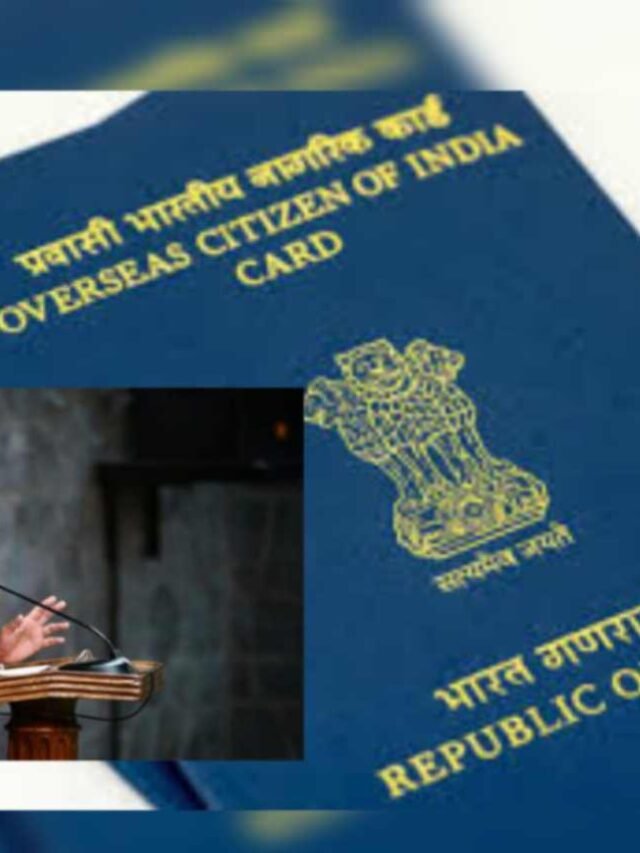Discover the unique polyandry tradition of the Hatti community in Himachal Pradesh, known as Jodidara. Learn how and why it is practiced, its cultural roots, legality, and current status in tribal society.
Polyandry in Himachal Pradesh: The Jodidara Tradition Explained
In the picturesque hills of Himachal Pradesh, where tradition and culture remain deeply rooted, an age-old custom known as Jodidara or fraternal polyandry continues to be practiced by some communities. Recently, this rare custom came into the spotlight when Sunita Chauhan of Kunhat village married two brothers, Pradeep and Kapil Negi, in a grand public ceremony attended by thousands in the Sirmaur district’s Trans-Giri region.
This marriage is not an isolated incident but a continuation of a cultural tradition that has long existed among the Hatti tribe. Known as Jodidara or Draupadi Pratha, this form of marriage sees one woman legally and culturally married to multiple brothers within the same family. Despite modern influences, such practices persist in certain parts of Himachal, particularly in rural and tribal regions where community identity remains strong.
What Is Jodidara?
Jodidara, also referred to as Jodidaran or Ujla Paksh, is a traditional form of fraternal polyandry, where two or more brothers marry a single woman. This arrangement is mutual, consensual, and often celebrated with the same rituals and festivities as any conventional marriage.
The practice is historically linked to the Mahabharata, where Draupadi, a princess of Panchala, married the five Pandava brothers. Hence, the local name Draupadi Pratha is sometimes used to describe similar arrangements.
The tradition holds strong cultural value among the Hatti community of the Trans-Giri region, where it is seen not as a deviation but as a sustainable and practical lifestyle choice rooted in both economic and social logic.
How and Why Jodidara Is Practiced
Under this tradition, the wife lives with her husbands and typically follows a mutually agreed rotation system, which could be daily, weekly, or customized based on the family’s preference. The eldest brother is often named the legal husband and father of any children, though all brothers share equal parenting roles.
There are several reasons why Jodidara has been practiced for generations:
1. Preservation of Ancestral Land
In Himachal Pradesh’s mountainous terrain, agricultural land is limited and vital for survival. Marrying multiple brothers to one woman prevents land from being divided among heirs, keeping the family property intact and operational for future generations.
2. Economic Stability
Joint families in hilly regions depend on collective effort for survival. Sharing a wife ensures the family remains united, minimizing household conflicts and resource division. This structure supports labor-sharing and efficient resource utilization, critical in regions where manual farming remains the norm.
3. Social Unity
Jodidara is seen as a bond-strengthening tradition. When brothers share responsibilities, not just for income but also for relationships and parenting, it promotes cohesion and harmony within the family.
Is Jodidara Legal?
Polyandry is not legally permitted under Indian law, as the Hindu Marriage Act, 1955, recognizes only monogamous marriages. However, the Himachal Pradesh High Court has acknowledged Jodidara as a tribal custom, and under customary law protections, the practice has received limited legal recognition for certain tribal communities.
When the Hatti tribe was granted Scheduled Tribe status, part of the recognition stemmed from their distinct cultural identity, including customs like polyandry. Though not mainstream, customary law allows some level of protection and continuity of these age-old practices in tribal societies.
Current Status of Polyandry in Himachal
While Jodidara is no longer widely practiced, it still survives in small villages across Sirmaur and the broader Trans-Giri region. In the last six years, at least five polyandrous marriages have been formally recognized by community leaders.
According to Hatti elders, the tradition is gradually declining due to urbanization, legal constraints, and changing social values. However, for many families living in remote tribal belts, it continues to provide a sense of cultural identity and practical benefits.
The recent wedding of Sunita Chauhan to the Negi brothers was a testament to this enduring tradition. The three-day celebration, filled with folk music, cultural dances, and traditional Hatti rituals, showed the pride with which the community still embraces its roots.
Conclusion
The Jodidara system offers a fascinating insight into the complex tapestry of Indian tribal cultures. While it may seem unusual from a modern legal or urban standpoint, it reflects how traditional societies adapt to their environments—socially, economically, and culturally.
In a world rapidly moving toward individualism, practices like Jodidara highlight the enduring value of collectivism, shared responsibility, and community-driven decisions. Whether it survives the test of time remains uncertain, but for now, polyandry in Himachal’s tribal belts stands as a living tradition—an important chapter in India’s cultural heritage.

























